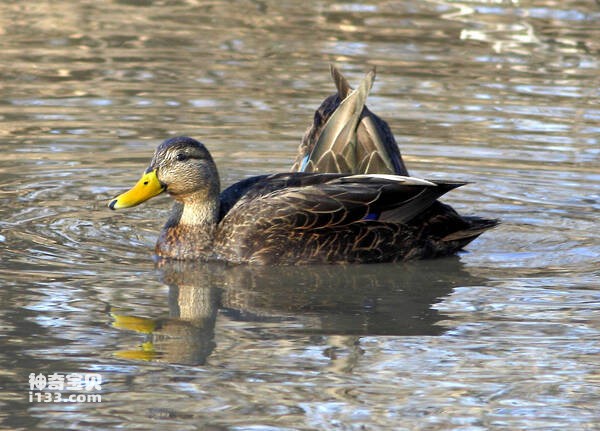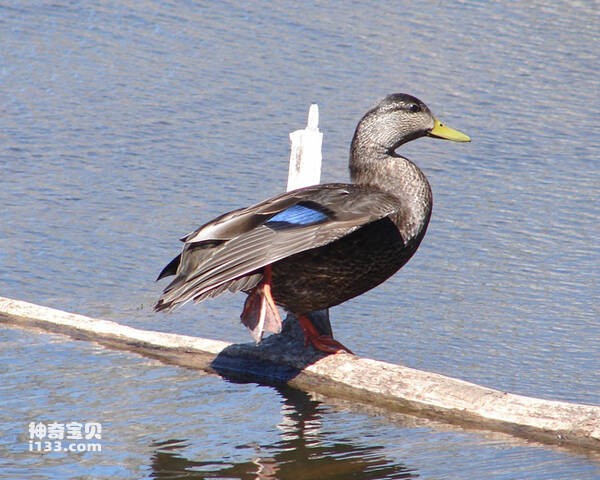Anas rubripe
IUCN
LCBasic Information
Scientific classification
- name:Anas rubripe
- Scientific Name:Anas rubripes,American Black Duck,Black Duck
- Outline:Waterfowl
- Family:
Vital signs
- length:48-56cm
- Weight:No textual research information is available
- lifetime:No textual research information is available
Feature
The upper body, tail and wings are dark brown
Distribution and Habitat
It is found in North America, including the United States, Canada, Greenland, Bermuda, Saint Pierre and Miquelon, and in Mexico in the transition zone between North and Central America.
North American black ducks prefer to live in forested environments, and the breeding season includes alkaline wetlands, swamps, lakes, ponds, bays, and estuaries. The most favored area is the estuary of the bay, which is widely adjacent to agricultural land. It lives in large open lagoons and coastal waters.
Appearance
The North American black duck is a large water duck with a length of 48-56 cm and a wingspan of 92cm. The upper body of the duck, including the tail and wings, is dark brown. The insides of the feathers are black sooty brown with red and pale yellow edges. The face is yellow, with a dark brown top cap and eye stripes, a dark brown chest, abdomen, back and wings, and secondary flight feathers are flashing blue-purple with purple wing mirrors. Adult males have yellow-green bills and bright red legs. The iris is brown. Adult females have a green bill with dark spots. Red-orange legs similar to those of a male duck.
With bright silver wing mirrors. It's the same as the Asian duck.
Details
The North American Black Duck (Anas rubripes) is a medium-sized swimming bird in the family Anatidae.

North American black ducks eat seeds, aquatic plants, and crops, and also consume a fairly high proportion of invertebrates, including insects, mollusks, and crustaceans in spring and summer. Foraging in shallow waters, occasionally diving. In autumn and winter, North American black ducks are highly gregarious and may cluster in the thousands. Activity in pairs or small groups near the breeding season.

The breeding season for North American black ducks begins in March and April. Almost all female ducks usually return to nesting sites from previous years, often using old nest sites, or at least building not far from old nest sites. The nests are hidden in vegetation, some are hollow trees, and each nest lays 9 to 10 eggs. The female ducks are incubated alone for about 27 days. Generally, early May and early June are the peak incubation period. The ducklings can move with the female ducks 1-3 hours after hatching, and the female ducks continue to educate and train the ducklings for 6-7 weeks.
Listed on the International Union for Conservation of Nature Red List of Threatened Species (IUCN) for 2020 ver 3.1 - Not Threatened (LC).
Protect wild animals and eliminate wild meat.
Maintaining ecological balance is everyone's responsibility!








